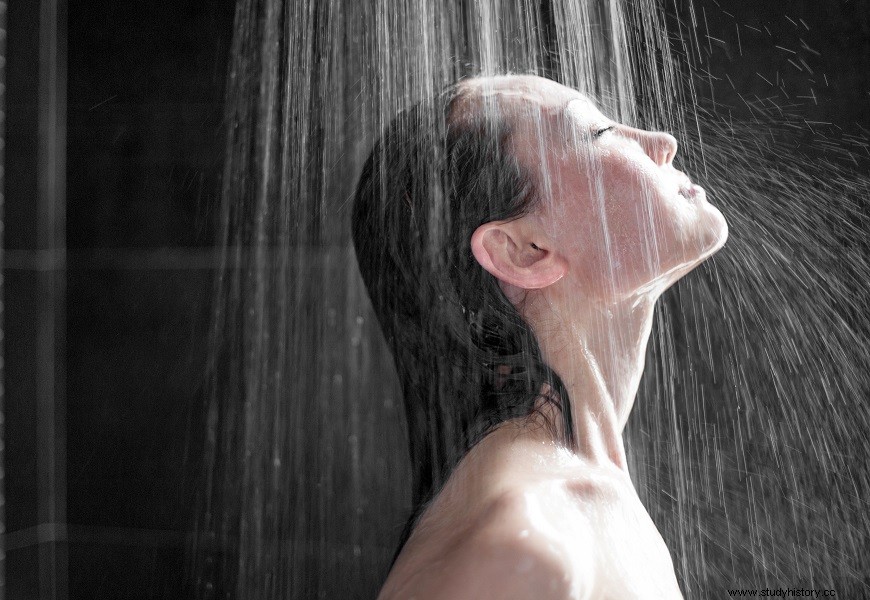
Currently, technological and medicinal development gives us a false impression that the habit of taking baths, as well as other care with personal hygiene, has improved over time. One of the most famous cases that refute this statement is found in the history of Brazil , when the Portuguese were intrigued by the natives' habit of bathing several times a day. However, the quirks about bathing don't stop there...
Among the ancient Egyptians this is where we find the oldest accounts of the habit of bathing. According to documents dating back over 3000 years, the act of bathing was sacred and seemed to be a way of purifying one's spirit . Not by chance, they took about three baths in a single day. For many experts, the ritual ended up scaring this civilization away from various epidemics and plagues common to antiquity.
In the legendary Cretan civilization , baths were part of the intervals that ordered the holding of banquets . Being one of the peoples who participated in the formation of Greek civilization, the Cretans had this tradition maintained by the peoples who inhabited Hellas. For the Greeks, contact with water was part of the education process of their young people. According to the various representations of the time, the well-educated individual both mastered reading and practiced swimming.
In the course of Antiquity , the Romans , visibly influenced by Greek culture , increased the recurrence of the habit by building the famous baths. A therma consisted of a building filled with several halls that had changing rooms, saunas and several swimming pools. Slightly similar to the resorts of the contemporary world, some of these Roman buildings also had libraries, gardens and restaurants.
If in theRoman Empire people were not shy about bathing in these public places, in the Middle Ages things have changed quite a bit. The Pope Gregory I was one of the most important precursors of the bathing rejection in saying that contact with the body was the closest way to sin. In this way, bathing became an annual activity and took place in a simple barrel of water. Other than that, daily cleaning was done using damp cloths.
If in the West bathing fashion was on the decline, the eastern peoples tried to keep the habit very active among their common people. In the countries of Turkish-Arab origin we still have the hamans , luxurious bathhouses where Muslims shower, shave, undergo massage sessions, whiten their teeth and put on makeup. With the advent of the Crusades , between the 11th and 13th centuries, the habit of bathing gained some space in the late Middle Ages.
In the 16th and 17th centuries, the notions of health and illness once again became an affront to the habit of regular bathing. At that time, doctors believed that diseases consisted of malignant manifestations that took over the individual's body through its entry routes. From this premise, the medical profession concluded that excessive bathing enlarged the skin pores and, with that, left the subject susceptible to a disease.
It was not until the next century, with the rise of Enlightenment science, that bathing was redeemed as a means of health care. However, several decades of a culture averse to body contact with water managed to maintain some resistance to bathing. In several 19th century accounts, we have the description of patients who were forced to take a bath by force.
The popularization of bathing only really happened in the West from the 1930s on . At that time, body washing was performed on Saturdays, the same day that children's underwear were changed. After World War II , the process of rebuilding several houses allowed showers to be disseminated throughout Europe. Currently, our bath is no longer a public act, but it is still a fundamental premise for others to have a good impression of us.
